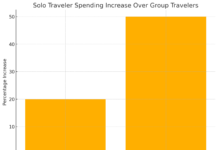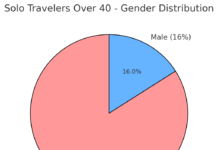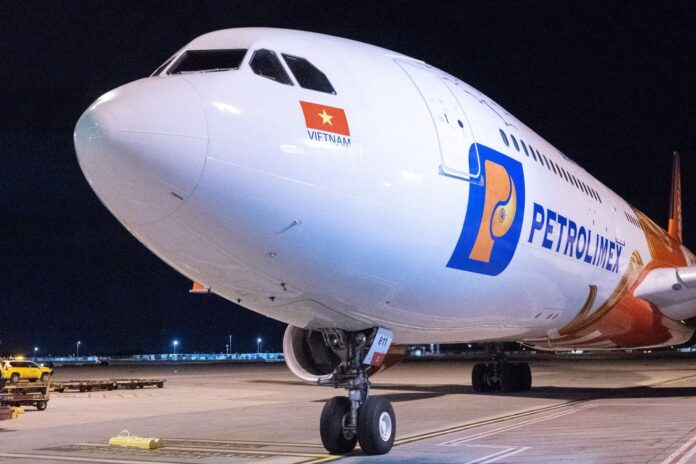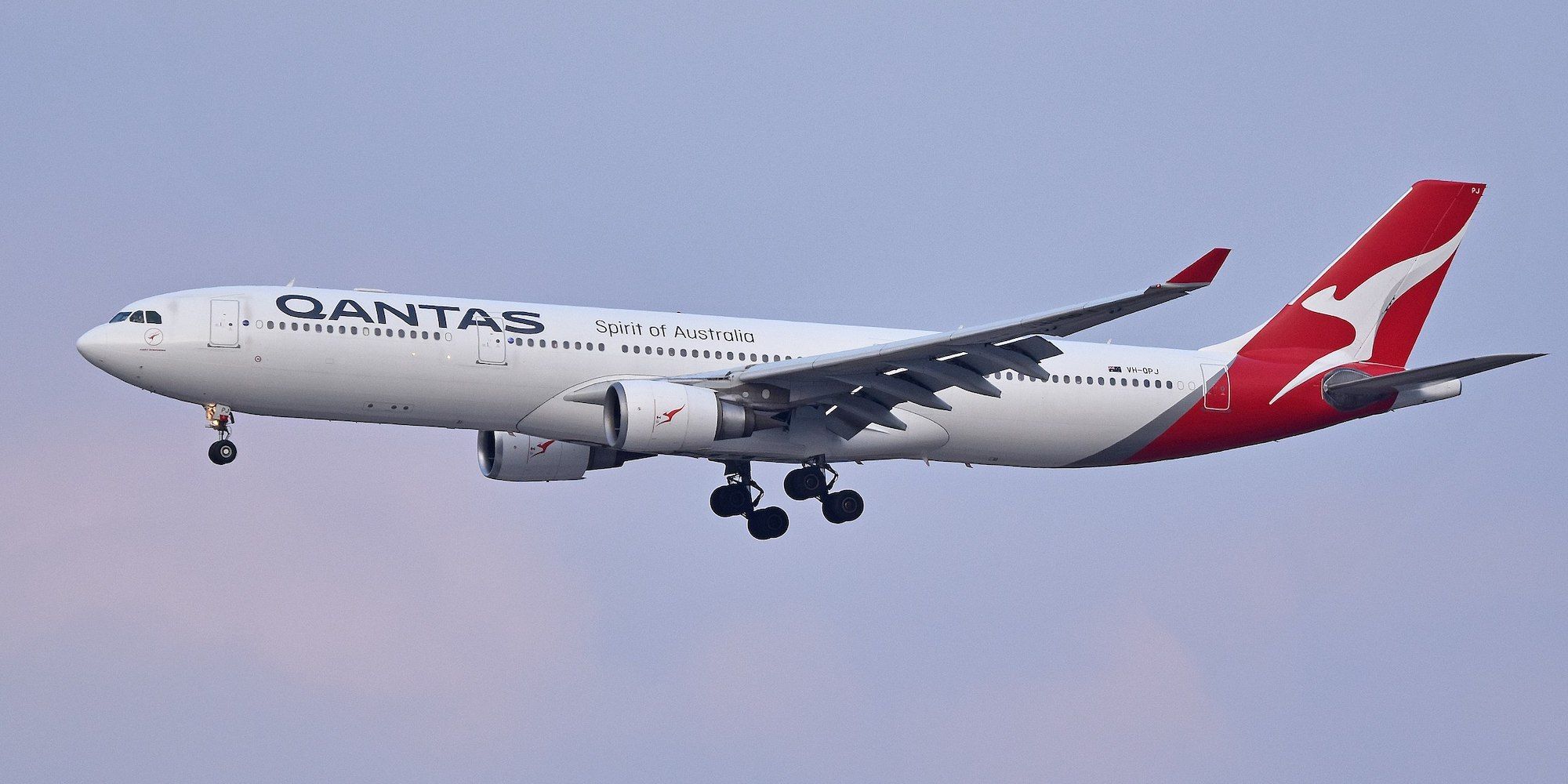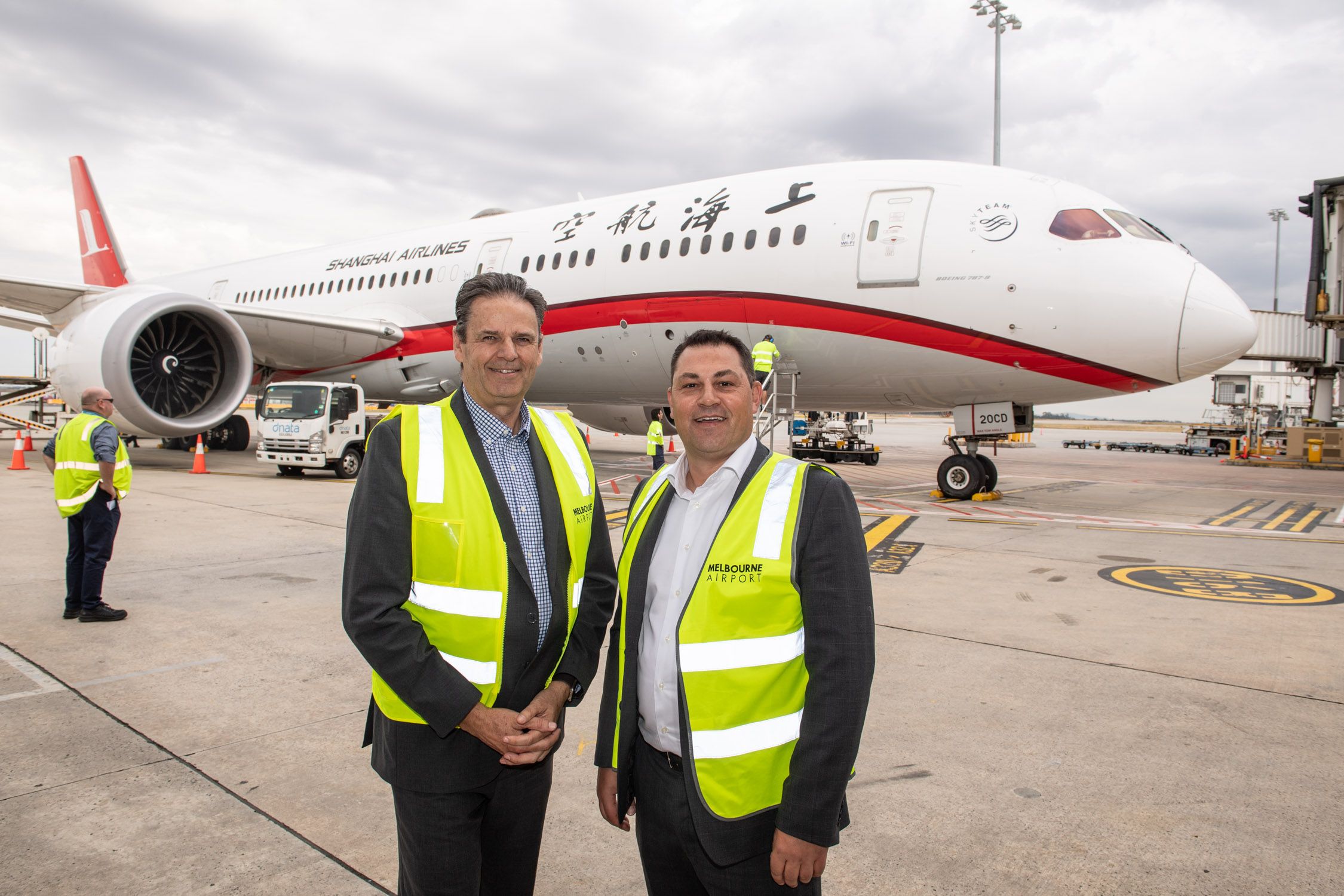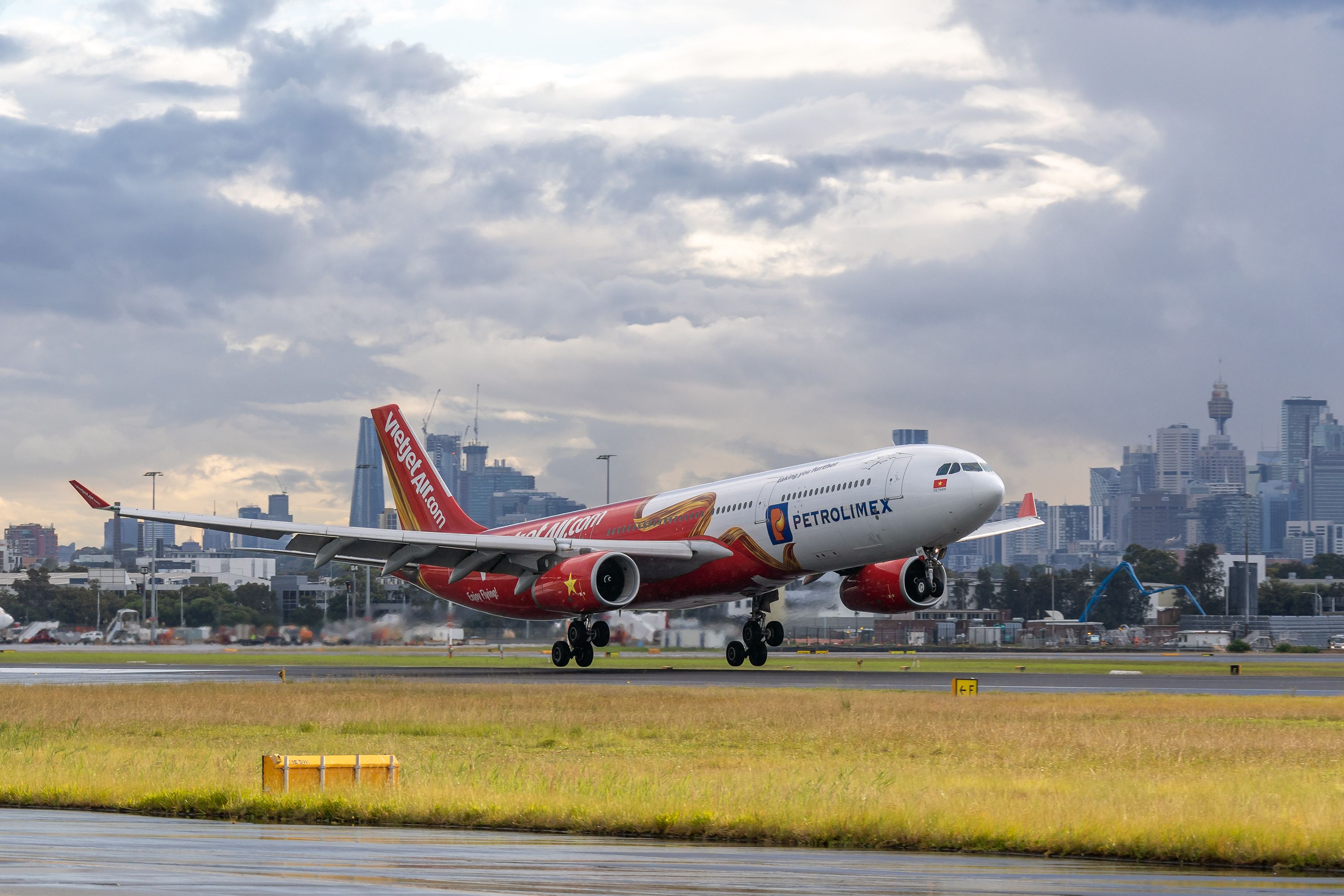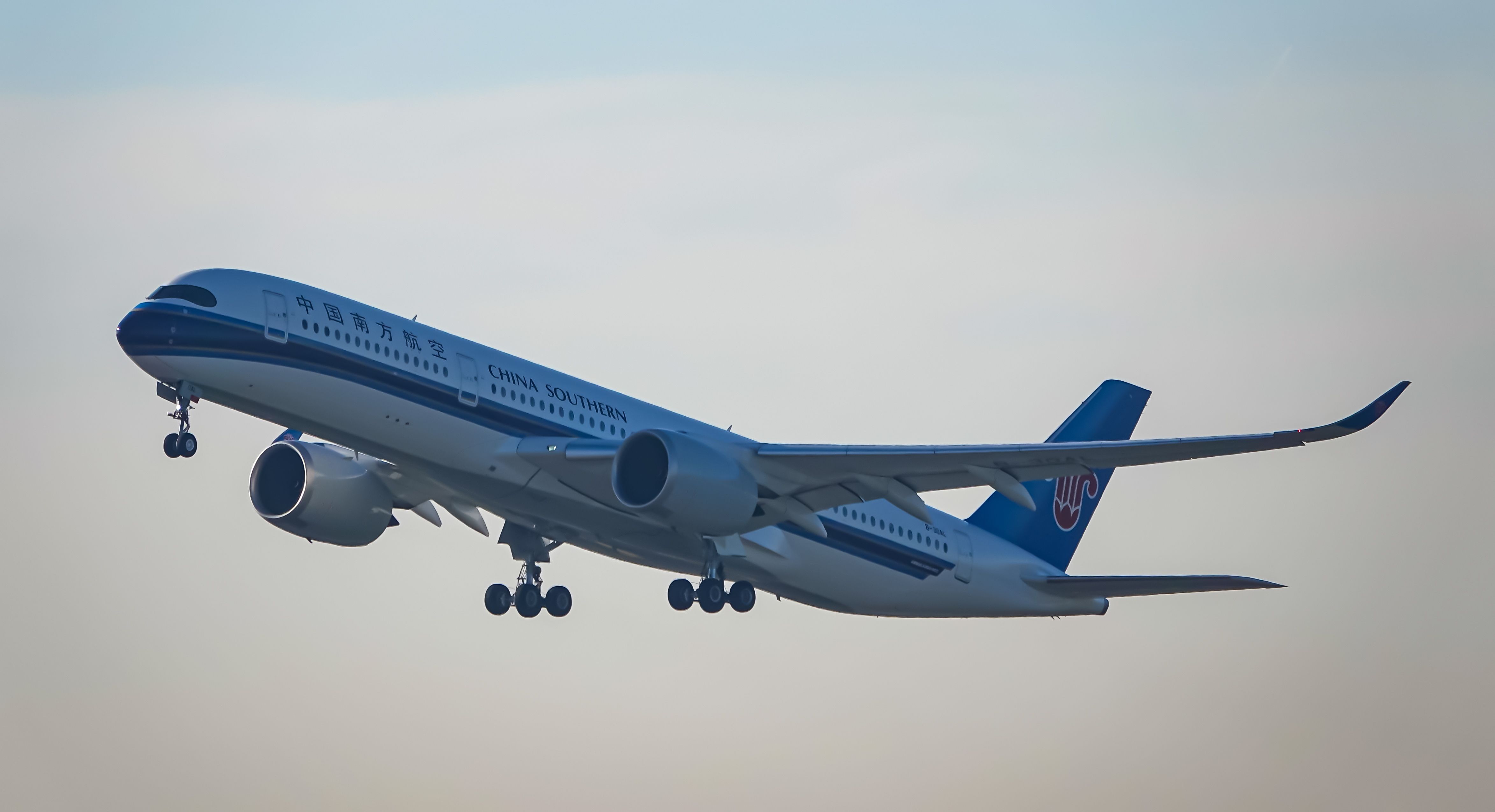While Asia-Pacific is dragging its heels toward full COVID recovery, that’s certainly not the case in Australia, particularly at its two major gateways. As a region, Asia-Pacific is languishing with March capacity of around 55% of 2019 levels, but both Melbourne and Sydney Airports are now closing in on 90%, with 100% recovery just around the corner.
Photo: Bonza
Melbourne and Sydney have been rivals since the country was founded, and this healthy competition is once again driving growth in the Australian aviation sector. On the airline front, the new low-cost carrier Bonza is turning into the mouse that roared while the airports are clamoring to add new services and international carriers, with outstanding success.
Adding capacity will get fares down
Australians have seen airfares rise to the point where travel was becoming unaffordable for many, and the key to unlocking that puzzle is getting more capacity into the system. Melbourne Airport Chief of Aviation Jim Parashos explained that the ongoing restoration of capacity would help put downward pressure on fares.
“Cost of living pressures are a real issue for many Australian families at the moment and every extra seat and service is important to help push ticket prices down and keep Australians connected.
“The Easter long weekend has shown that people still have a real desire to travel, and we expect fares will continue to moderate as more capacity is added to the market.”
Melbourne Airport (MEL) handled 2.71 million passengers, reaching 88% of the 3.09 million in March 2019. What is remarkable about the March performance is how quickly international traffic is returning, with 721,000 international travelers in March compared to just 205,711 in March 2022.
This is set to rise in April with Vietjet’s three-times weekly service between Melbourne and Vietnam’s Ho Chi Minh City and the Qantas direct flights to Jakarta in the Philippines beginning on Sunday.
Melbourne’s March international traffic was boosted by the return of Cebu Pacific services to Manila, an increase in flights to Mainland China, Emirates adding a third daily to Dubai (via Singapore) and Qantas launching services to Tokyo Haneda (HND). The international terminal now hosts 31 overseas-based carriers and international services operated by Qantas, Jetstar and Virgin Australia.
Chinese carriers are back in numbers
The Mainland China airlines have been particularly quick to return, with Air China, Beijing Capital, China Eastern, China Southern, Sichuan Airlines, and Xiamen Air back running scheduled services. Some other notables include Air India, Emirates, Japan Airlines, Singapore Airlines, United Airlines, Vietnam Airlines, Fiji Airways and Thai Airways.
MEL’s Jim Parashos on the right. Photo: Melbourne Airport
In March, there were 1.99 million domestic passengers through the airport compared to 2.2 million in 2019, a recovery of 90% to pre-pandemic levels. This is 31% more than March 2022 and a 20% increase over the February 2023 traffic, indicating how quickly capacity and passengers are returning through Melbourne Airport. Bonza has opened its second base at MEL and will be operating to nine destinations from the airport by early next month.
Between July 2022 and March 2023, Melbourne Airport has seen 22.8 million passengers pass through its doors, with 5.9 million traveling internationally and 16.9 on domestic services. In the same 2021/22 period, there were 6.25 million passengers, with 769,000 internationals and 5.48 on domestic flights. In 2019 the numbers were 28.5 million, 8.7 million and 19.8 million, respectively.
Passenger numbers are one thing, but how efficiently they get through the airport and onto a flight has been globally problematic as aviation returns to full capacity. Melbourne has avoided most of those issues, but Easter was seen as a litmus test of how well the airport could handle larger volumes. Parashos said:
“We have been working closely with the airlines and their ground handlers to improve their operational resilience and reliability, and overall we’ve been pleased with how they have performed so far these holidays.”
Sydney reaches 50 airlines for the first time in 103 years
Sydney Kingsford Smith Airport (SYD) has yet to release its March performance, but its big news is that it is now home to 50 airlines, the highest number of carriers flying regular scheduled passengers services in its 103-year history.
The record-setting airline, Vietjet, touched down yesterday morning after its inaugural flight from Ho Chi Minh City and is now settling into a three-times weekly service.
PHOTO: Sydney Airport
Sydney Airport now has four airlines flying to Vietnam, no doubt attracted by 317,000 Australians that traveled to Vietnam in pre-COVID 2019. Airport CEO Geoff Culbert said he was thrilled to welcome Vietjet as the airport’s 50th airline in 2023, which marks the 50th anniversary of Australia-Vietnam diplomatic relations.
“The Vietnam market has experienced a strong surge in capacity and demand, with passenger volumes 14% above pre-COVID levels in March 2023.”
Vietjet is the sixth new airline Sydney has welcomed in the last twelve months, with the others also coming in from Asia. They are Batik Air Indonesia, Bamboo Airways, SriLankan Airlines, Thai AirAsia X and T’way Air.
The return to full capacity is also driven by the incumbents, such as Qantas, Virgin Australia, Rex and Jetstar, as well as a rapidly growing list of resuming international airlines. In 2019 48 airlines were operating in and out of Sydney, but that fell away to around 20 in April 2020. Culbert added that reaching 50 is “an incredible achievement when you consider air travel was almost non-existent through COVID.”
In February, Sydney Airport handled 2.73 million passengers, an 80% recovery from the 3.4 million in February 2019. The airport processed 1.72 million domestic and 1.01 million international travelers, with recovery rates of 83% and 76%, respectively, to 2019 levels.
Photo: Ryken Martin | Shutterstock
A key to full recovery is the return of tourists from Mainland China, which in February was down by 75% on pre-COVID passengers. That has quickly changed since China relaxed its travel restrictions, and by the end of April, there will be six Chinese carriers operating 26 flights a week from Sydney airport. In December last year, there were only three operating with four return services a week.
Perhaps the most pleasing news is that both airports have successfully navigated through the Easter long weekend, traditionally one of Australia’s busiest times for air travel. Last year the industry was in chaos with queues snaking out of terminals, flight cancellations and mishandled bags flooding the nightly news as staff and capacity shortages took hold.
Based on the weekend’s performance it looks like the airports have physically recovered and will soon be exceeding 2019 passenger numbers, which is good news for travelers and the Australian tourism industry.
Did you travel over Easter? Let us know in the comments.

